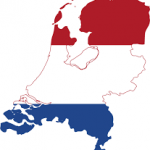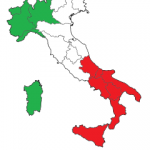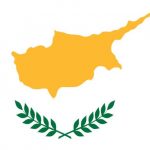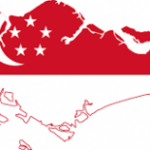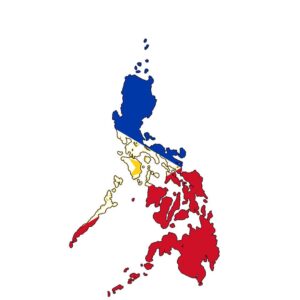
The Philippines, officially the Republic of the Philippines, is an archipelagic country in Southeast Asia. It is situated in the western Pacific Ocean, and consists of about 7,640 islands, that are broadly categorized under three main geographical divisions from north to south: Luzon, Visayas, and Mindanao.
Capital: Manila
Dialing code: +63
President: Rodrigo Roa Duterte
Area: 300,000 km²
Population: 109.6 million (2020)
Currency: Philippine peso

Sweden is a Scandinavian nation with thousands of coastal islands and inland lakes, along with vast boreal forests and glaciated mountains. Its principal cities, eastern capital Stockholm and southwestern Gothenburg and Malmö, are all coastal.
Capital: Stockholm
Dialing code: +46
Prime Minister: Magdalena Andersson
Area: 450,295 km²
Population: 10.35 million (2020)
Currency: Swedish Kronor

Norway is a Scandinavian country encompassing mountains, glaciers and deep coastal fjords. Oslo, the capital, is a city of green spaces and museums. Norway is extremely expensive. However, higher salaries offset these prices. It is ranked as one of the best countries to live in and has one of the lowest crime rates in the world.
Capital: Oslo
Dialing code: +47
Prime Minister: Jonas Gahr Støre
Area: 385,207 km²
Population: 5.379 million (2020)
Currency: Norwegian krone





